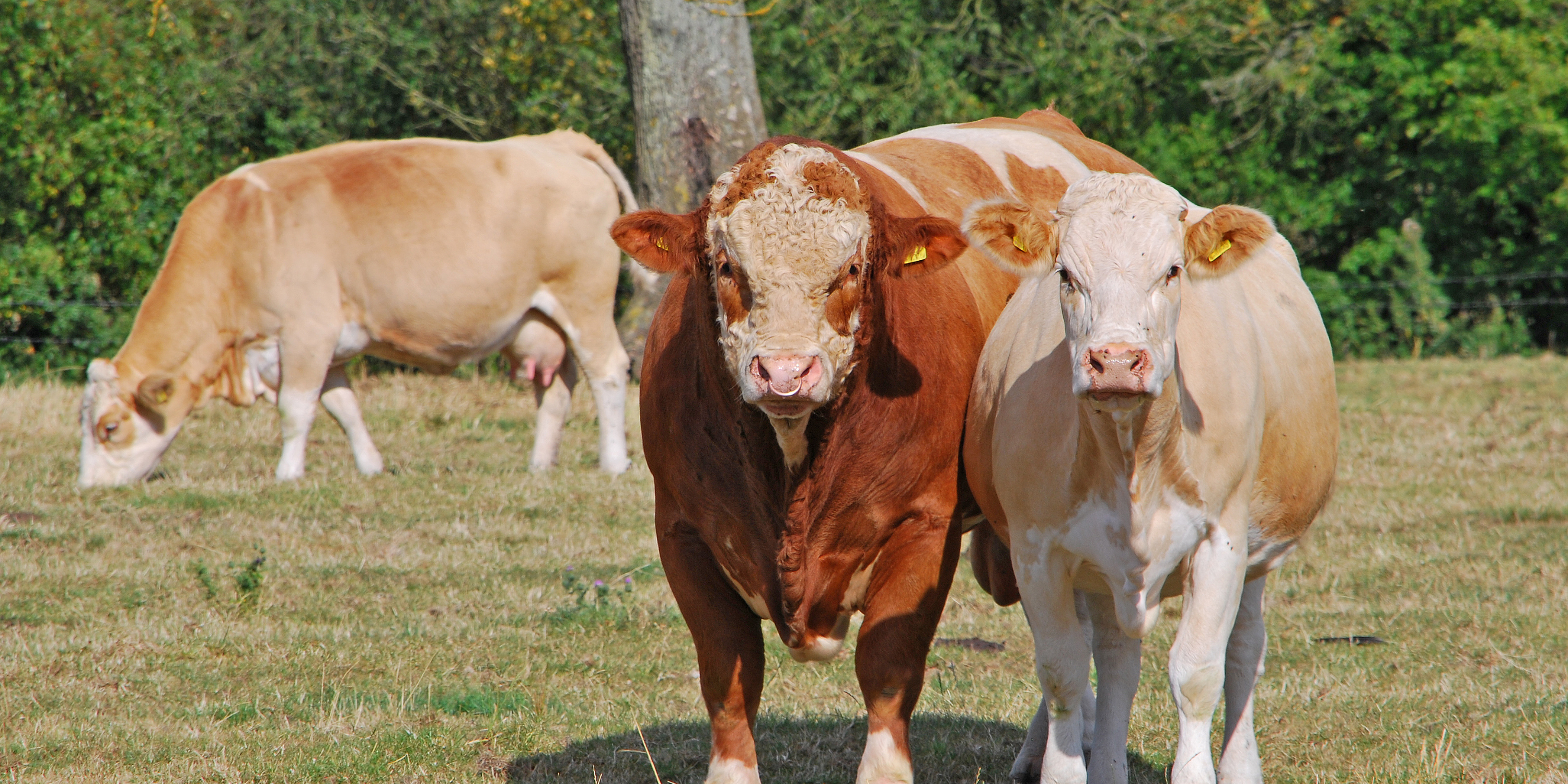
Swiss Strength: A Spotlight on Versatile Simmental Cattle
Blending power, productivity, and milk‐making prowess, Simmental cattle have earned their place as one of the world’s most versatile beef and dairy breeds. Originating in Switzerland, these dual‐purpose animals excel in growth, maternal traits, and adaptability—making them a popular choice for purebred operations and crossbreeding programs alike. In this post, we’ll delve into the history, defining characteristics, and modern roles that make Simmentals a cornerstone of cattle production.
Origins and History
-
Swiss Beginnings
The Simmental breed traces back over 2,000 years to the Simme Valley in the Bernese Oberland of Switzerland. Early farmers prized these cattle for both draught work in Alpine meadows and high‐quality milk production. -
Global Expansion
By the mid‑1800s, Swiss Simmental cattle were exported across Europe. They arrived in North America in the 1880s, where breeders refined them for beef performance while retaining strong dairy qualities.
Defining Traits
-
Dual‐Purpose Excellence
Simmentals combine substantial milk production with rapid weight gain. While not matching the peak volumes of Holsteins or the marbling of Angus, they deliver a balanced blend of both. -
Robust Growth
Known for strong average daily gains, Simmental‐sired calves often reach weaning and finishing weights quickly, improving overall herd efficiency. -
Impressive Frame and Muscling
Their large frames and well‑developed hindquarters yield generous carcass weights and desirable cut‐out percentages. -
Maternal Strength
Simmental cows exhibit excellent milk flow, strong mothering instincts, and good fertility—ensuring healthy, well‐nourished calves. -
Adaptability
Whether on high‑altitude pasture, southern prairies, or intensive feedlots, Simmentals thrive in diverse climates and management systems. -
Distinctive Appearance
Characterized by a white face with red, gold, or black body patches, their striking markings make them easy to spot on any landscape.
Simmental in Modern Production
-
Purebred and Seedstock Operations
Breeders focus on enhancing carcass traits (marbling, ribeye area), fertility, and calving ease—maintaining the breed’s dual‐purpose legacy. -
Crossbreeding Advantages
As both terminal sires and maternal dams, Simmentals contribute hybrid vigor in crosses like SimAngus (Simmental × Angus) and Simbrah (Simmental × Brahman), combining growth, muscling, and heat tolerance. -
Dairy and Dual‐Purpose Herds
In some regions, Simmentals serve in smaller dairy herds where robust health and moderate milk yields are prized, or in dual‐purpose systems balancing milk and meat. -
Grass‐Finished and Organic Systems
With their strong foraging ability and efficient conversion of pasture to weight gain, Simmentals are well‐suited to grass‐fed and organic beef programs.
Why Simmental Matters
-
Economic Efficiency
Balanced traits reduce the need for separate beef and dairy herds, lowering infrastructure and management costs. -
Sustainability
High fertility, longevity, and forage utilization support environmentally friendly practices and resilient production systems. -
Market Flexibility
Producers can pivot between beef and dairy markets—or capture premiums in niche dual‐purpose and grass‑fed segments—leveraging Simmental genetics. -
Resilience
Proven adaptability means fewer health challenges and better performance across varied climates and feeding regimes.
Conclusion
From the Alpine pastures of Switzerland to ranches and dairies worldwide, Simmental cattle embody versatility and performance. Their combination of growth, milk production, and maternal excellence makes them invaluable in purebred, crossbreeding, and dual‐purpose operations. Whether you’re aiming for beef efficiency, dairy balance, or the best of both worlds, Simmentals deliver the “Swiss strength” your herd—and your bottom line—can count on.
Share


